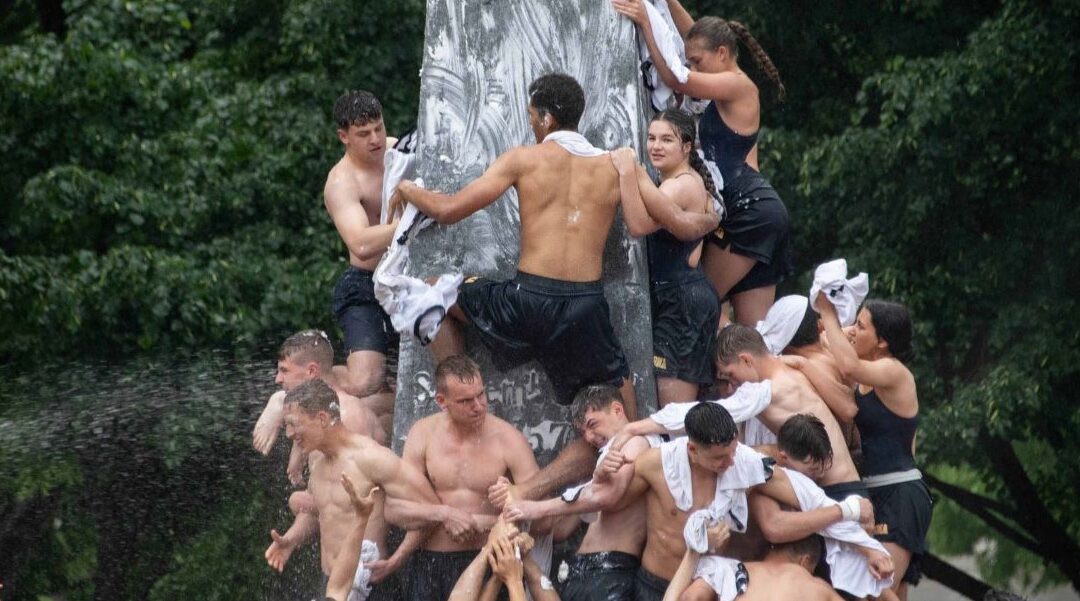At Joint Forces Training Base (JFTB) in Los Alamitos and Fresno Air National Guard Base (ANG) and other California installations, PFAS “forever chemicals” from decades of on-base firefighting foam use are suspected of contaminating surrounding communities’ water supplies, a Los Angeles Times feature article reported Tuesday.
The PFAS contamination, found in water located on and near the military bases, is the result seepage of the chemicals from foam DOD has used since the 1960s for firefighting exercises, according to the report.
While DOD officials have acknowledged the chemicals, called per- and polyfluoroalkyl substances, seeped into groundwater below nearly two dozen California military bases, DOD has conducted limited off-base testing and hasn’t confirmed how many civilian water sources are polluted or who will fund cleanup, the report said.
California has the nation’s most PFAS contamination sites, with 21 bases confirmed, including six where PFAS threatens the water in nearby communities, according to a review of hundreds of pages of DOD records by the L.A. Times.
In Riverside County, Barstow, Orange County and Sacramento records show PFAS have been detected in private wells or public water systems outside military bases, the report said.
In 2016 the Environmental Protection Agency (EPA) classified PFAS as an “emerging contaminant” linking it to cancer and other health problems, and DOD has found levels above EPA guidelines in soil and groundwater at more than 90 bases nationwide, as On Base has previously reported.
“Our first priority is to cut off human exposure, and everywhere we’ve identified that someone’s drinking water is above the EPA health advisory level, we are doing everything we can to provide alternative drinking water,” Maureen Sullivan, deputy assistant secretary of defense for environment, said in an L.A. Times interview.
The Pentagon faces a massive environmental cleanup that DOD estimates could cost more than $2 billion, and Defense Secretary Mark Esper has appointed a PFAS task force to oversee DOD’s response, as On Base also previously reported.
California regulators have limited legal tools to force DOD to expand its sampling to groundwater near bases.
“We’re doing everything we can to compel the owner, the Department of Defense, to conduct the investigations, to show us it’s not a problem,” said Doug Smith, Lahontan Regional Water Quality Control Board assistant executive officer, responsible for groundwater monitoring at seven California bases, according to the L.A. Times report.

Snap of the Week
Naval Academy plebes climb the Herndon Monument, a tradition symbolizing the successful completion of the midshipmen’s freshman year. The class of 2027 completed the climb in 2 hours, 19 minutes and 11 seconds. Navy photo by Stacy Godfrey





